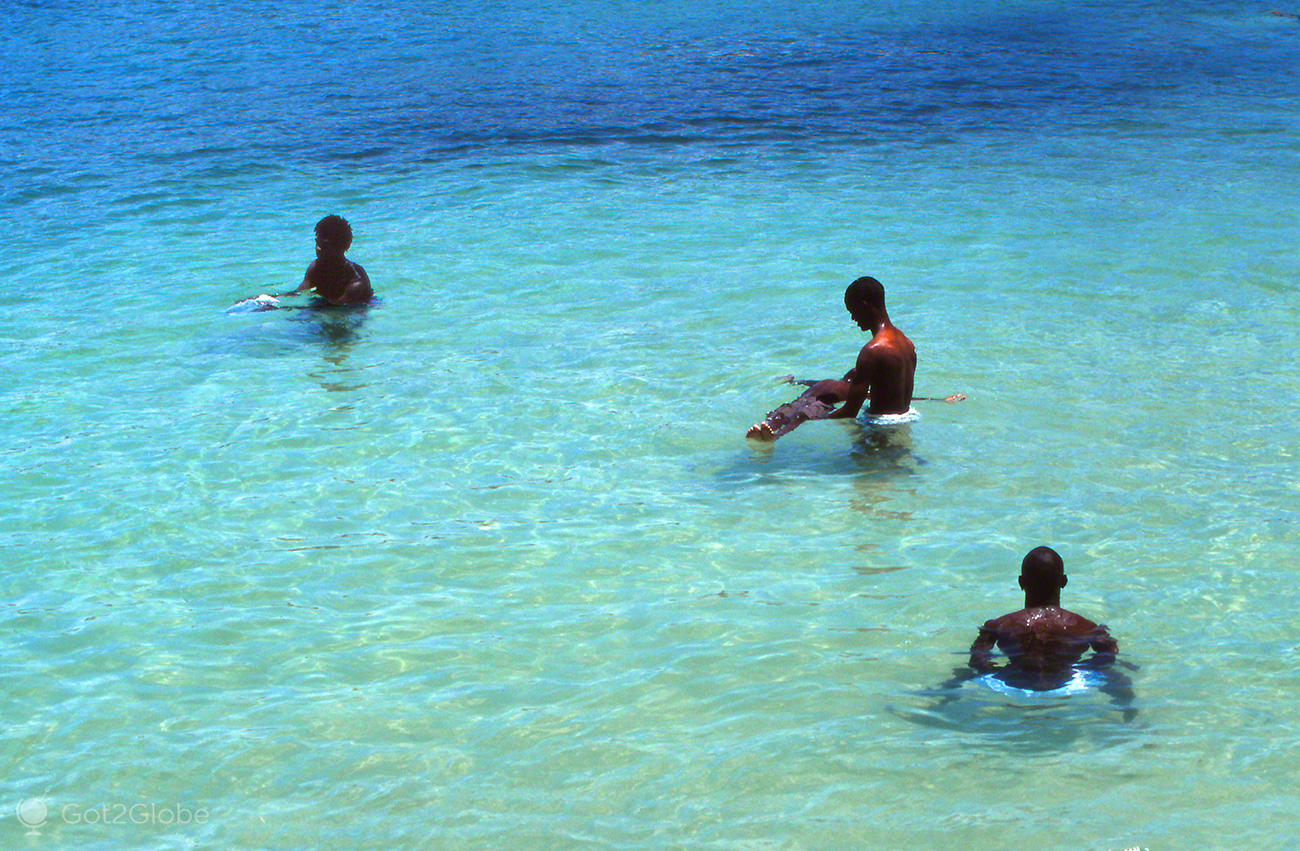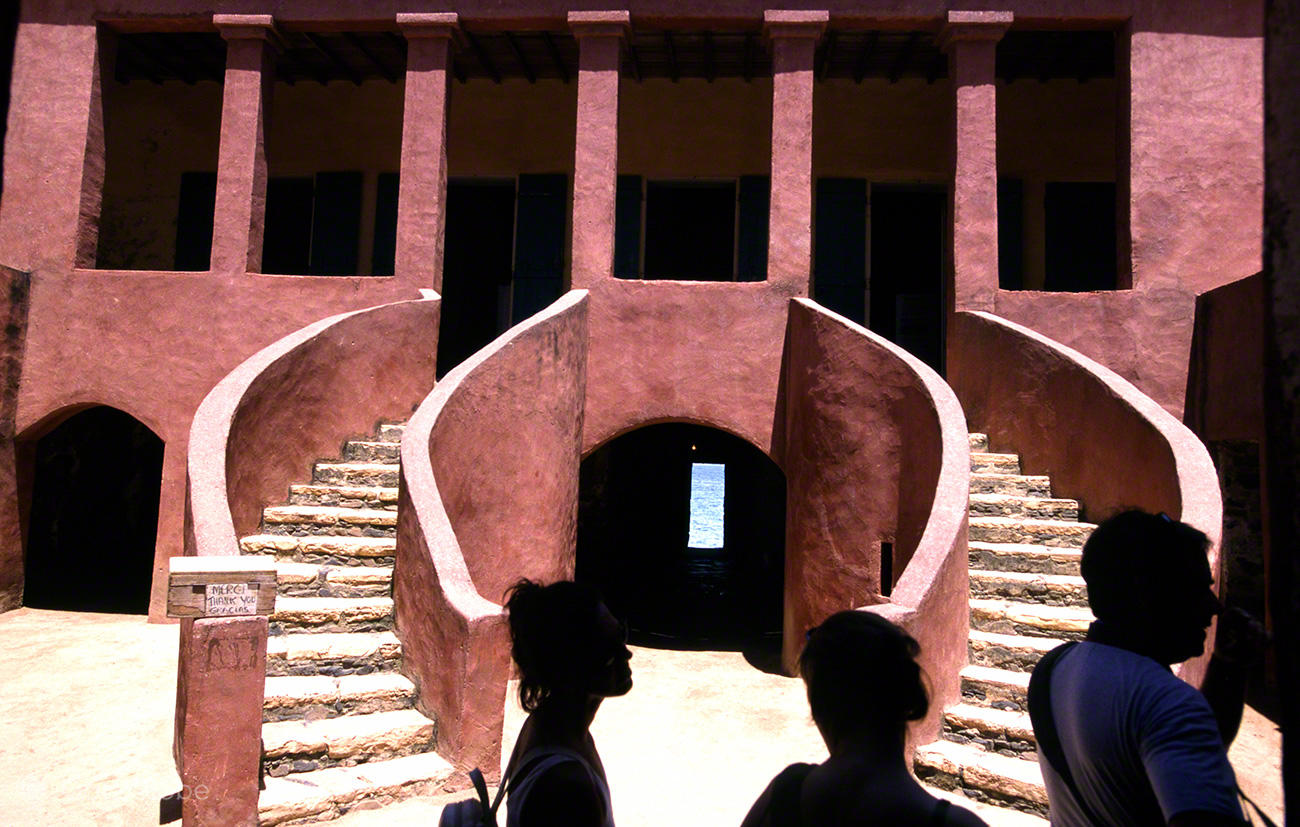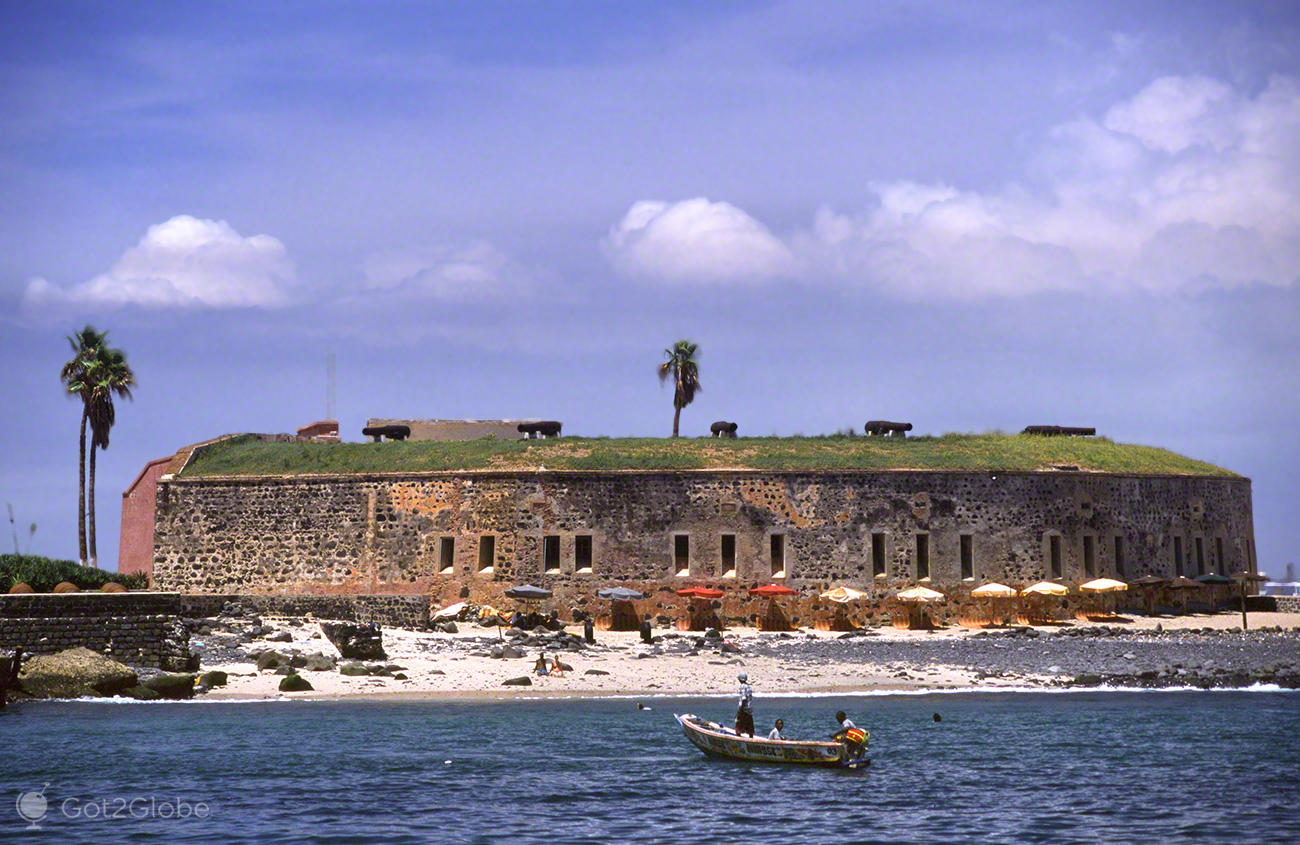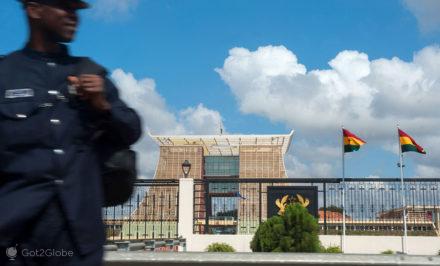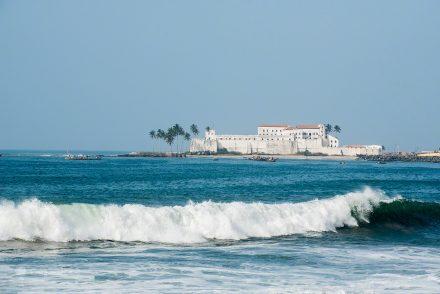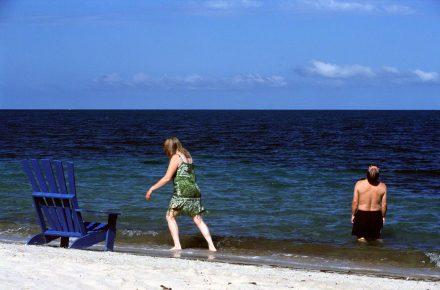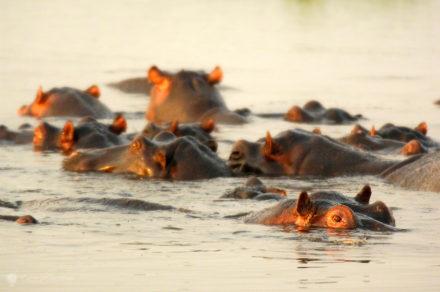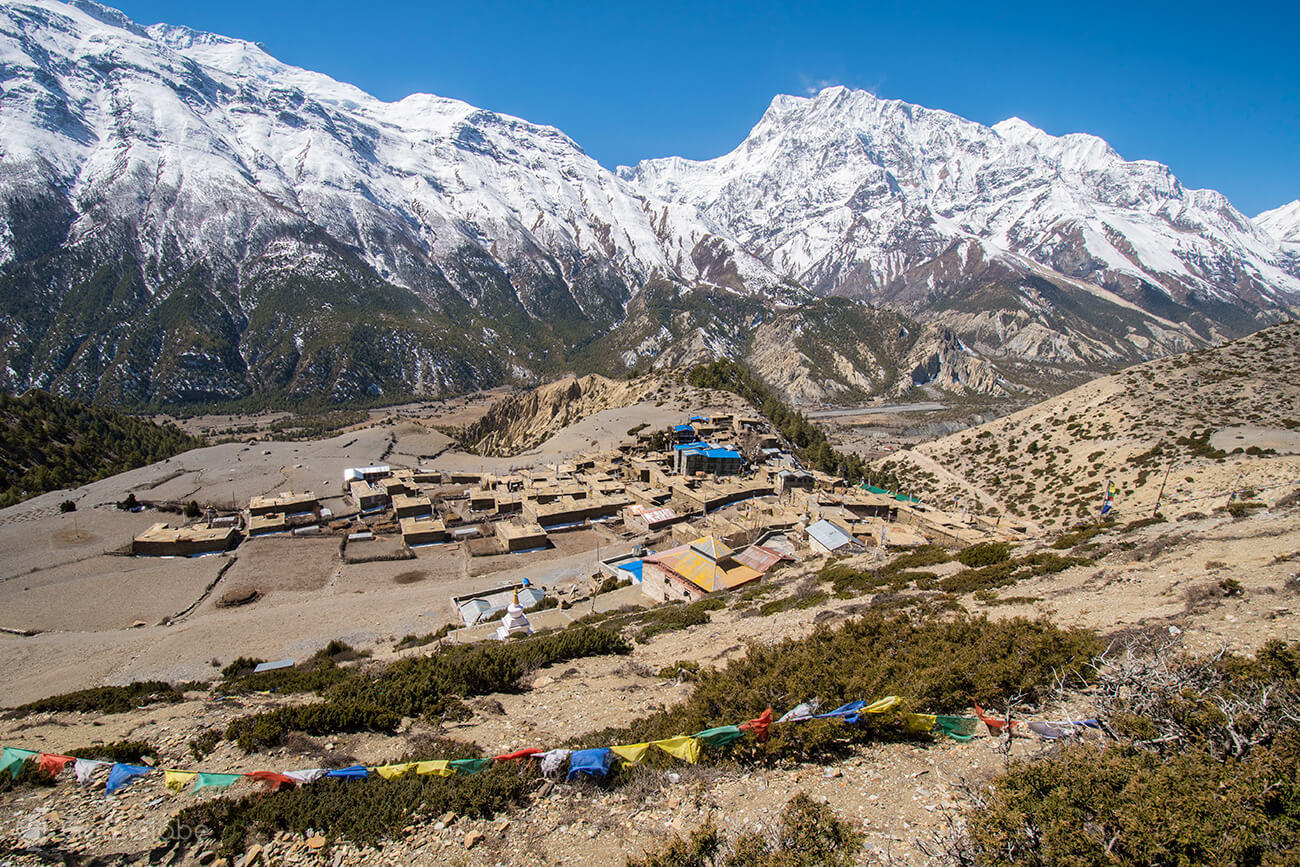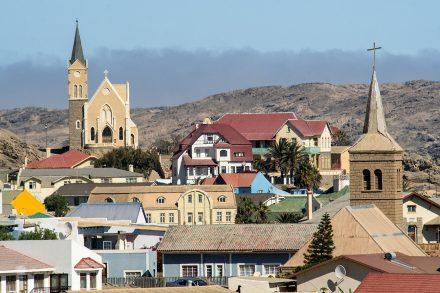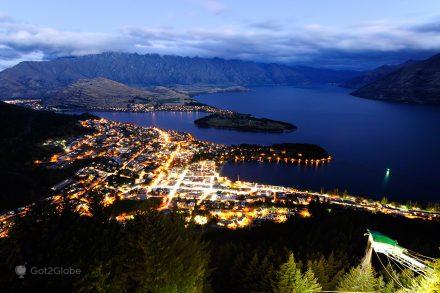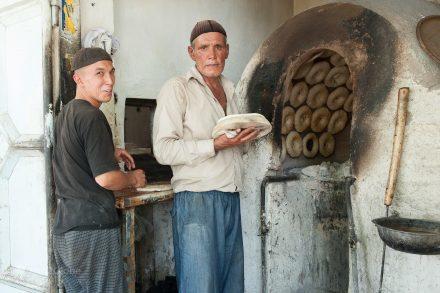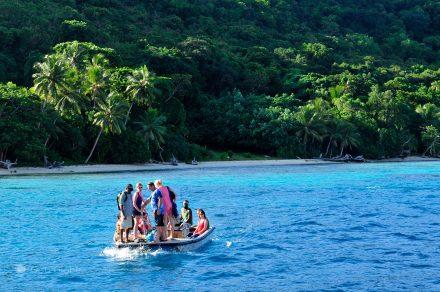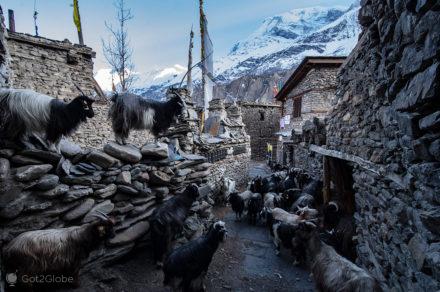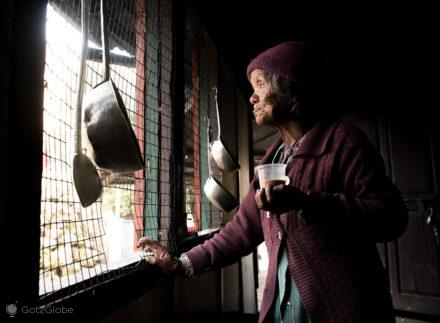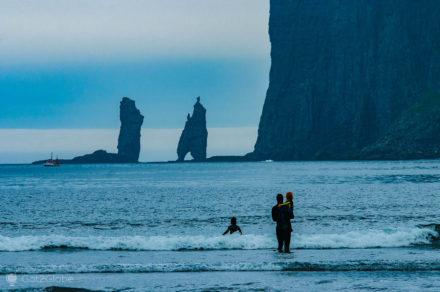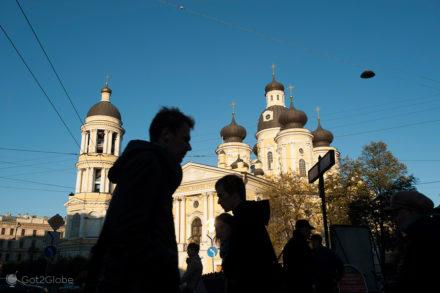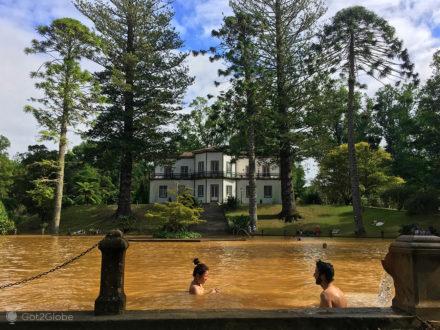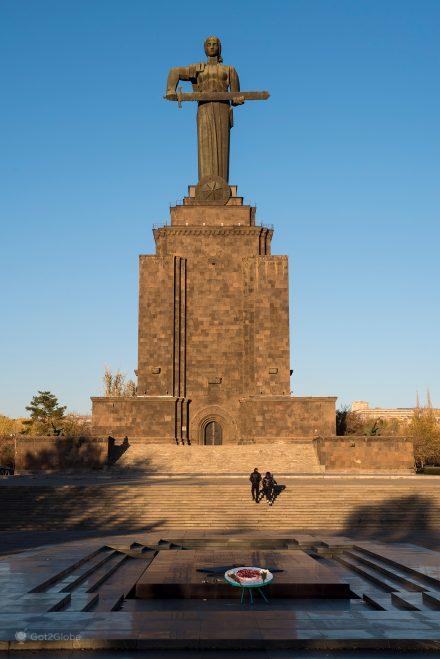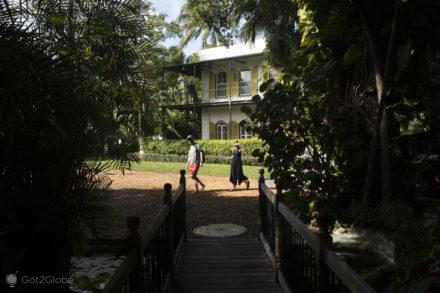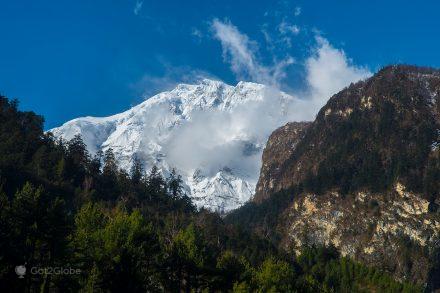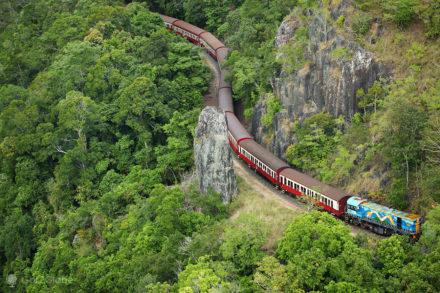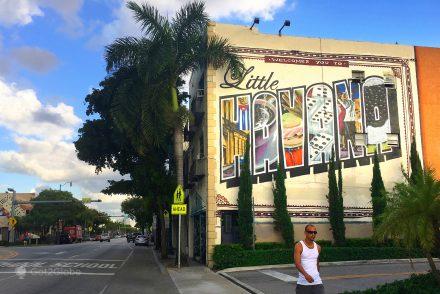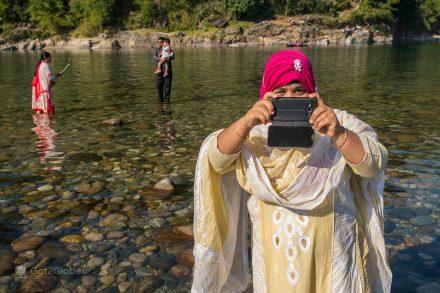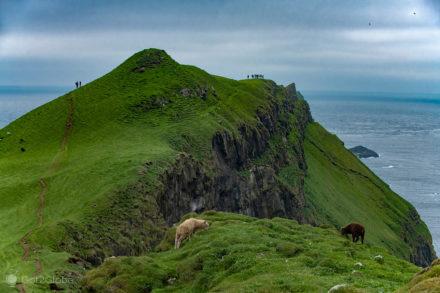Were several millions or just thousands of slaves passing through Goreia on their way to the Americas? Whatever the truth, this small Senegalese island will never be freed from the yoke of its symbolism.”
Two findings continue to surprise and intimidate us shortly after we leave Léopold Sédhar Senghar airport, located in the province of Cap-Vert that it shares with the capital Dakar: it has been a long time since we felt such an oppressive heat-humidity pair. It had been at least as long as we hadn't seen so many men over six feet together. We soon confirmed that one of the attributes of the predominant Wolof and Fula ethnic groups – or even the Mandingos – was an enviable athletic build.
We avoid the annoying “sole proprietors” who approach almost all newcomers with imaginative schemes to subtract francs from the African financial community, aka CFAs, or forced payments in other far more famous currencies.
From the airport, we traveled a few kilometers overland and settled in one of the bathing areas on the outskirts of the city. Inside the hotel we ended up in, the air is so thick and musty that it forces us to take deep breaths. Night doesn't take long to fall and even heavier sleep relieves us of the conscious effort to breathe.
We wake up much later than we wanted, peeking at the beach in front of us, already under an excruciating heat that grays the sky and the Atlantic Ocean below, dotted with blackened silhouettes of brats partying in the water and busy fishermen.
As happens almost without exception in these parts of Africa, it was a Portuguese navigator who was the first to disembark there.
It was 1444. Dinis Dias skirted the mouth of the river that now forms the border between Mauritania and Senegal. It continued on to the westernmost point of Africa, which it named Cape Verde and reached what is now the island of Goeia, which it called Ilha de Palma. The Portuguese were quick to use it as a trading post for the region. Almost forty years later, they provided it with a chapel – recently converted into a police post – but the image conquered by the place was far from Catholic. It is another reason why we make a point of visiting it.
The route takes us to the Soumbédioune area, at the other end of the irregular peninsula filled by Dakar and its surroundings. From there, with some of the most modern buildings in the capital behind, we board a catamaran and complete the short crossing. In the immediate vicinity of the final destination, there is the sight of a rounded fort that the Dutch and French resorted to to defend the island from incursions of others and which preserves the double name of Nassau-Saint Françoise.
We disembark to a small jetty, overcrowded with local kids and teenagers who use it as a diving platform. "Look, look, whiter!" shoots one of the bathers at a Frenchman dispatched from the former colony. “The photos on the island are all to pay!” they warn us with the insolence that the group legitimates. Contrary to what we thought, the conversation was anything but small talk. Thereafter, with every image we try to frame someone, that resident avoids their presence, protests unceremoniously against the registration, or gives them a discouraging price, even if it is little more than a passing price.
We walk unhurriedly through alleys of earth or sand, between colonial buildings colored by bricks, paintings, by bougainvillea and other leafy vines. The tour stops at the Casa dos Escravos, a monument preserved in order to perpetuate the memory of Africans imprisoned, raped, sold and allegedly shipped from there to the Americas in the XNUMXth and XNUMXth centuries, an infamous traffic represented by the famous “Doors without Return” , with direct access from the dismal dungeons to the Atlantic Ocean.
The colonial building was erected in 1786, used as a mansion by Ana Colas Pépin, a wealthy French-Senegalese mestizo who kept domestic slaves and, it is said, even trafficked a few others, kept on the ground floor of the house.
We examine a mural that illustrates how slaves were captured in the bush, whipped and transported to the coast, trapped by the neck and feet in long human convoys, victims of despotism and cruelty.
The Maison des Esclaves was renovated, starting in 1970, with French support. It holds strong spiritual significance for many visitors, particularly African Americans descended from slaves taken from West Africa. But the dimension of their role in the slave trade is a target of heated dispute.
On the one hand, apologists for Boubacar Joseph Ndiaye, who died in 2009, the Senegalese former curator of the museum and main defender that it is obvious that the house was built to house large numbers of slaves and that 15 million Africans will have passed through the its gates to the colonies of all colonial powers.
As we listen to them, guides their subjects preach the version of the mentor of the house: “after passing through the door, they said goodbye to Africa. Many tried to escape but those who tried died. The shackles that held them were so heavy that they caused almost immediate drowning in the deep waters around the island. And even if they resisted, they would still have to escape the sharks.”
On the other side of the dispute, Philip D. Curtain, professor emeritus of history, also deceased in 2009, who wrote, in 1969, “The Atlantic Slave Trade” and several other historians and investigators who guarantee that the most certain thing is that no slave has passed. through that door. That the real starting point was located 300 meters away and that the boats would never approach the back of the slave house, inaccessible due to the many rocks, even more so when the island had a jetty nearby.
They also defend that of the 10 to 15 million slaves taken from Africa, there are only unequivocal records that 26 have passed through the island, or even less. This is the case with the newspaper Le Monde, which infuriated Senegalese authorities and several of their personalities with an estimated 300 to 500 deportations a year.
The followers of Boubacar Joseph Ndiaye accuse this current of revisionism, of seeking to deny the role of the Isle of Gorea in the history of slavery.
We realized that Ndiaye had immortalized her accusing brand in the museum. Noteworthy is a photo of her in the company of John Paul II and an inscription in French that translates as “Sad and Moving Memory, Night of Times. How can it be erased from the memory of Men?”
John Paul II prayed in Goreia, in 1992. He took the opportunity to make faith in the words of historians and ask forgiveness for many of the Catholic missionaries having been involved in trafficking.
And, despite all the factual controversy around the island, personalities from the most diverse origins and countless heads of state have made and insist on renewing its memory. Nelson Mandela, already as South African president, visited her. Bill Clinton and George W. Bush were on the island. The last, just 20 minutes, is a foray into dispatch that the BBC and other influential media channels have accused of having had the sole purpose of winning votes from black voters to secure the US election. Barak and Michele Obama were also present.
